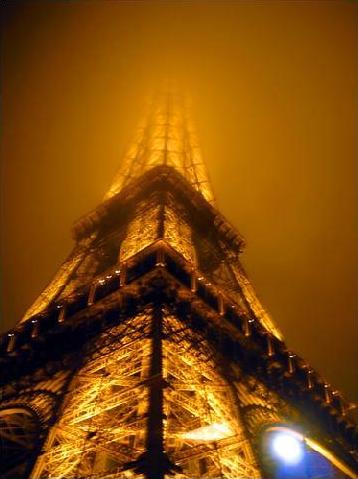|

Observations of physical and chemical processes during fog events
PARISFOG field campaign
Responsable scientifique : Jean-Charles Dupont (IPSL/UVSQ)
Fogs are weather conditions with significant socio-economic impacts, associated with increased hazards and constraints in road, maritime and air traffic. While current numerical weather prediction models are able to forecast situations that are favorable to fog events, these forecasts are usually unable to determine the exact location and time of formation or dissipation. One-dimensional assimilation-forecast models have been implemented at a few airports and provide improved local predictions of fog events, but this approach is limited to locations. The occurrence, development and dissipation of fog result from multiple processes (thermodynamical, radiative, dynamical, and microphysical) that occur simultaneously, through a wide range of conditions, and that feed back on each other inducing non-linear behaviors. Hence to advance our ability to forecast fog processes, we must gain better understanding on how critical physical processes interact with each other, to improve their parametric representations in models.
To provide a dataset suitable to study these processes simultaneously in continental fog, a suite of active and passive remote sensing instruments and in-situ sensors are currently deployed at the SIRTA observatory, near Paris, France, for 6 months (October 2010 – March 2011) to monitor profiles of wind, turbulence, microphysical and radiative properties, as well as temperature, humidity, aerosol and fog microphysics and chemistry in the surface layer. This field experiment, called ParisFog, is focused on droplet and aerosol microphysic (size distribution between 4 nm and 50µm, liquid water content, black carbon, PM2.5) and on near surface dynamic (vertical profile between surface and the top of boundary layer height).
|


















